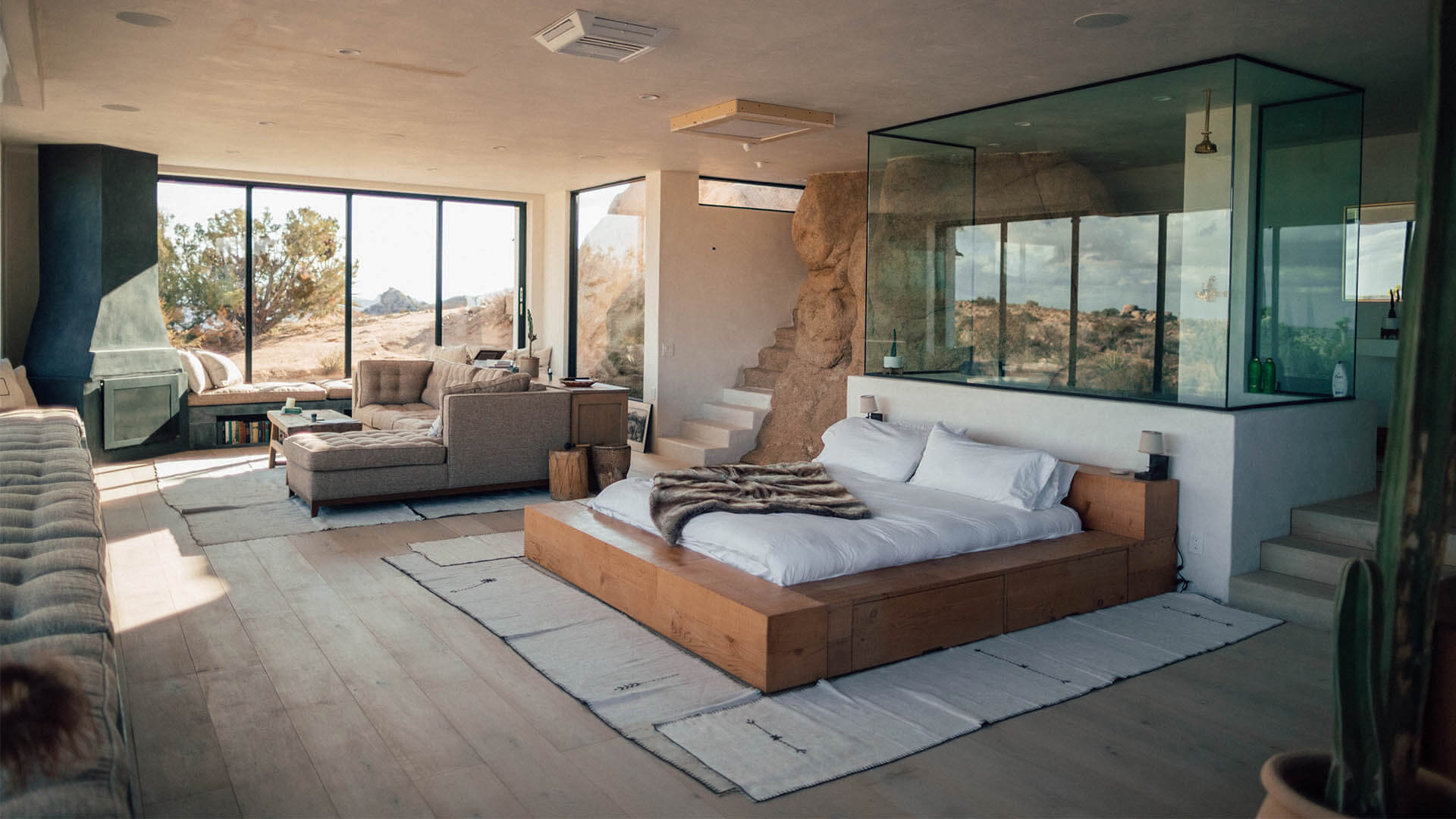In the digital age, mastering architectural design requires proficiency in specialized software that facilitates the creation of detailed models, renderings, and plans. These tools are indispensable for both students and professionals aiming to visualize and communicate their architectural concepts effectively. Additionally, many of these programs are versatile, extending their utility to web design and graphic elements in video games, including online games and slot interfaces. This article explores some of the top software options for learning and practicing architectural design.
AutoCAD, developed by Autodesk, is a cornerstone in architectural design software. It offers robust tools for 2D and 3D drafting, making it essential for creating precise architectural plans and models. AutoCAD's extensive features include comprehensive drafting tools, 3D modeling capabilities, and customization options that support scripting and streamline repetitive tasks. While AutoCAD is a paid software, Autodesk provides free educational licenses for students and educators, making it accessible for learning purposes.
SketchUp is renowned for its user-friendly interface and intuitive modeling tools, making it an excellent choice for beginners in architectural design. Its features include the Push/Pull tool, which simplifies the creation of 3D shapes from 2D drawings, an extensive 3D Warehouse with pre-made models, and integration with rendering plugins to enhance visualizations with realistic textures and lighting. SketchUp offers a free version, SketchUp Free, which operates online, and a more feature-rich paid version, SketchUp Pro.
Revit, another Autodesk creation, is a Building Information Modeling (BIM) software that integrates various aspects of architectural design into a unified model. With parametric modeling, a collaborative environment, and detailed documentation capabilities, Revit is a go-to choice for professional environments. Autodesk also offers educational licenses, making Revit an accessible learning tool.
Blender, a free, open-source 3D modeling and rendering software, is not specifically designed for architecture but offers powerful tools for creating detailed models and visualizations. Its advanced modeling tools, realistic rendering engines (like Cycles and Eevee), and animation capabilities make it suitable for architectural visualization and creating graphic elements for video games, including interfaces for online games and slot machines.
Rhino, known for its ability to handle complex and organic forms, is ideal for architectural designs that require intricate geometries. Rhino supports NURBS modeling for precise and smooth surfaces, offers the Grasshopper plugin for parametric and algorithmic design, and boasts wide compatibility with different file formats, facilitating interoperability. Although Rhino is a paid software, it offers a free trial and educational licenses.
ArchiCAD, developed by Graphisoft, is a BIM software tailored for architects, combining drafting, modeling, and documentation in one platform. It also includes teamwork functionality for collaborative projects and energy evaluation tools to assist in designing energy-efficient buildings. ArchiCAD provides educational versions for students and educators to facilitate learning.
GDevelop is an open-source, no-code game engine that allows users to create video games without prior programming knowledge. Although primarily aimed at game development, its intuitive interface and event-based system are beneficial for architects interested in creating interactive architectural visualizations or virtual walkthroughs. GDevelop is free to use and serves as a valuable tool for architects exploring interactive design elements.
Unity, a powerful game engine widely used in the gaming industry, is also gaining traction in architectural visualization. Its real-time rendering, virtual reality support, and extensive asset store make it an ideal choice for creating immersive 3D environments. Unity provides a free version for personal use, making it accessible for learning and experimentation.
Unreal Engine, developed by Epic Games, excels in producing high-quality visualizations with photorealistic rendering, a Blueprint system for visual scripting, and capabilities for VR and AR, allowing for immersive virtual and augmented reality experiences. Unreal Engine is free to use, with royalties applicable under certain conditions, making it a cost-effective option for architectural visualization.
HomeStyler is an online interior design application that allows users to create floor plans and interior designs with ease. With a drag-and-drop interface, real-time 3D visualization, and a product catalog that includes a wide range of real-world products, HomeStyler is free to use with additional features available through subscription plans.
Selecting the appropriate software is crucial for mastering architectural design. The programs mentioned above offer a range of tools and features catering to different aspects of architecture, from drafting and modeling to rendering and visualization. Additionally, their versatility extends to other fields, such as web design and game development, including the creation of graphic elements for online games and slot interfaces. By exploring these software options, aspiring architects can enhance their skills and effectively bring their creative visions to life.






